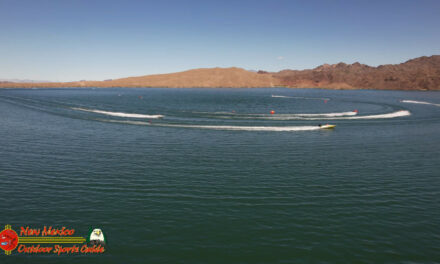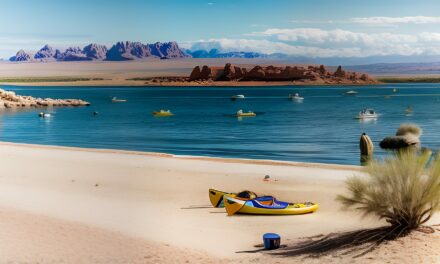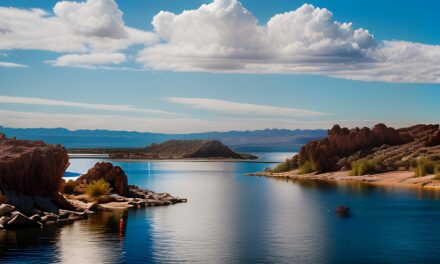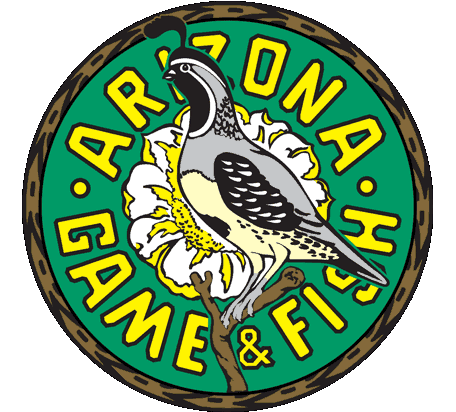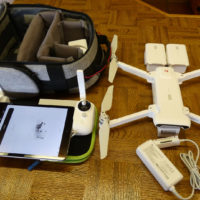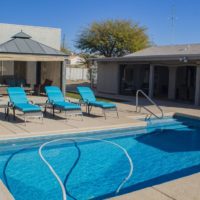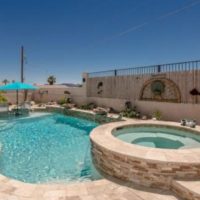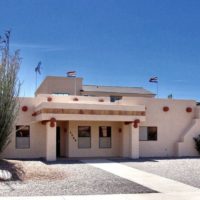Points are one of the most common types of structure found in a lake. Structure is defined as any contour change in the lakes bottom, and that includes points. There are many different types of points, depending on the particular lake and it’s bottom composition. Points can be structured with rocks , sand, mud, or clay, and may also offer cover on some points, such as trees, grass, stickups, tire reefs, and lay downs. Points (structure) coupled with grass or trees (cover) is an automatic magnet for bass, and other species of fish. Points are heralded as probably the best overall structure a lake has to offer for bass hangouts.
All points are not created equal! There are about four different types of points used for identification. Bar points are found in shallow reservoirs, and are usually flat, sandy rises which offer no irregularities, and run long distances under water before falling off into the main lake river channel. Sometimes bar points may even be separated from the shoreline, and will be situated at the main lake river and a ditch, or secondary creek.
Primary or main lake points are two distinct points on either side of the mouth of a feeder creek, where the two creeks join the main lake. Main lake points that drop into the main river channel, enriched with cover, are key bass hangouts. Secondary points are located in mouths of small coves or pockets that extend back from the main creek arm. These are usually shallower and not as large as primary or bar points. Bluff points fall into two categories: main bluff points, where the channel cuts away from a bluff and forms a shoal which has gravel or rock that lines the turn; and rock bluffs form a continuous ledge underwater, moving deeper and deeper as it parallels the creek channel.
Creeks and rivers also offer points within the tributary, which will be on the bends where years of current has etched away the contour as the river traveled downstream. Channels wind their way across and around the lake floor in every reservoir, cutting across many irregularities and undulations that form points.
When a creek channel runs in close to the bank or a point, it is definitely a place that bass will hangout sometime during the four seasons. Tight bends in creek channels offers a bluff and shoal, where the flow of current has etched it’s way along contour changes. Underwater humps or ridges c an offer points that are either formed naturally, or were formed during construction of the reservoir. Workers push and pile dirt and trees in a given location which forms a point, and naturally serves as home to many fish.
Bass instinctively follow contour changes in a lake during their daily movements, preparing for their annual spawn, and adjusting to seasonal changes.
A bass’ movements are governed by several influences: oxygen, spawning, and feeding. Bass use points as stopovers in their travels to and from
spawning. When the spawn is completed, points again serve as a magnet for bass to grab an easy meal. However, they don’t just relate to points at random. Patterns are followed, using specific type of points and sub-structure on those points, under predictable cir*****stances. Being able to understand these patterns and habits, and key in on which points bass may be relating to is essential in consistently being able to locate bass.
Bass habits can be patterned by the time of year. When spawn movements dictate, they swim into the creeks, and move to the primary points first. As the water warms, bass then move back in the creeks to the secondary points and hold for the conditions to signal the proper time for nesting. After spawning, they reverse their route back to the secondary points, then on to their summer homes.
Bass like points for locating baitfish, which makes points prime feeding locations for predator fish. Water on points is churned through wind and boat traffic, which in turn creates oxygen being rejuvenated in the lake. Points on lakes and reservoirs will normally have some type of cover, whet her it is man made or natural. This makes a point even better. If you are lucky enough to find more than two covers, such as grass and trees on a points, then the point deserves a good look with an LCD. Bass will be there somewhere!
Use a good topo map to locate points and creek channels. Research and homework should be accomplished before journeying to a lake, eliminating potentially unproductive water. Use a marker buoy system to clearly get a picture of how the point is located. Once the layout of the point is established, lock in the coordinates on a GPS unit, or triangulate position by using landlocked reference points.
Sherry Ruslink is owner of Anglers Educational Seminars, specializing in ladies bass fishing classes. She is a licensed bass fishing guide on Lake Fork, touring pro on the Bass’n Gal circuit, and a freelance outdoor writer – member of Texas Outdoor Writers Assoc. She may be contacted by calling 817-572-3675, 903-473-1016, email: ladybass@onramp.net, homepage: http://www.texs.com/ladybass
Sherry D. Ruslink
Licensed Bass Fishing Guide – Lake Fork
owner – Anglers Educational Seminars
http://www.texs.com/ladybass
email: ladybass@onramp.net
817-572-3675 phone & fax
903-473-1016 Lake Fork – Lake Havasu
– Lake Havasu



